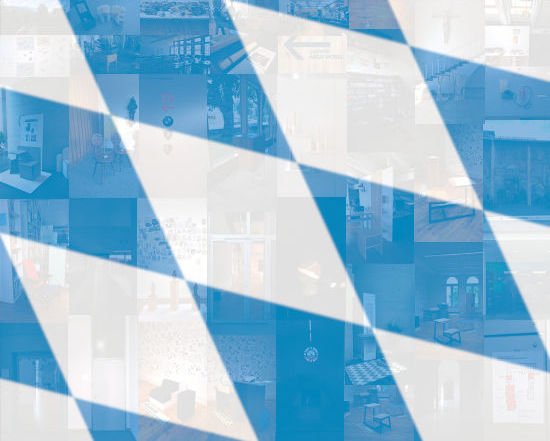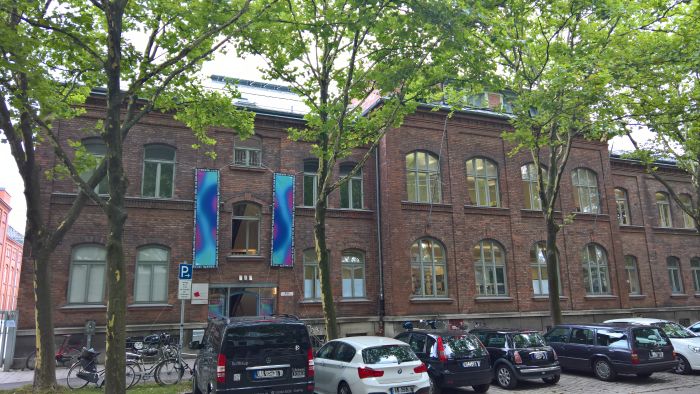#campustour 2019: Germany – Bavaria
If the recent history of Germany is one of East and West, the longer history is one of North and South; a history which, and simplifying to the point of falsehood, saw the rivalry and conflict between the Hanseatic League and the traders of the southern states become a rivalry and conflict between Prussia and the realms of Baden, Württemberg, Hessen and Bavaria: the latter being the most reluctant to ratify the 1870 November Treaties and join the new Deutsches Reich. A reluctance expressed not only by the then Bavarian parliament’s protracted deliberations on, and initial rejection of, the Treaties, but Bavaria’s then King, Ludwig II, he of the fairytale castles, absence from the formal proclamation of the Kaiserreich in January 1871.
Yet despite Bavaria’s long, deep, and (arguably) continuing, resistance and hostility to the union, it is Weißbier, Lederhosen and FC Bayern, and fairytale castles, which stand representative for many a non-German’s understanding of German identity.
Conversely, while Bavaria has contributed much to the development of contemporary design in Germany, not least through the efforts of, and amongst many others, the late 19th/early 20th century Vereinigte Werkstätten für Kunst im Handwerk, Die Neue Sammlung as one of the oldest and largest dedicated design museums, the Munich born and based designer Konstantin Grcic or Stuttgart born but Chiemgau based design publisher Nils Holger Moormann, the popular understanding of “Designed in Germany” lies outwith the Freistaat, in the realms of gute Form, largely developed in Ulm and arguably most popularly understood through Braun; in Stuttgart’s Porsche or Wolfsburg’s Volkswagen; or, and this year of all years, by Bauhaus, an institution which as we noted in context of our 2019 smow Song Contest coverage, was very, very Prussian in its make up, students from Bavaria being outnumbered by those from Mars. More or less.
But what can Bavaria’s design schools contribute to altering such a position? To raising the profile of Bavarian design? We can’t offer any concrete prognosis, or at least not here, logistic realities meaning that we only visited two Bavarian design schools, technically three but we’ll get to that, at length; however, from the two (three) we did visit……
#campustour Interview: Florian Petri, Professor for Industrial Design, Hochschule für angewandte Wissenschaften München
It is arguably just us, but we firmly believe that there are ever more design students studying ever more design degrees in ever more design schools, which (potentially) means ever more designers. In itself no bad thing: assuming that is that what they learn is relevant for the ever evolving nature of not only the design profession, but the society they will/should serve.
To better gauge the current situation of design education in Europe we embarked in 2017 on our #campustour, an ongoing exercise which involves not only visiting design schools but for all speaking to some of those responsible for teaching the coming generation of designers.
Among them Professor Florian Petri from the Department of Design at the Hochschule für angewandte Wissenschaften München.
#campustour 2017: Jahresausstellung @ Hochschule München, Germany
In 2018 the Hochschule München Design Department will move a few hundred metres round the corner from its current home, a home it has occupied for over forty years, to a new purpose built facility opposite the main college building; consequently, the 2017 Jahresausstellung was one of the last chances to experience the Design Department in its original location.
But was it a presentation worthy of the moment, a fitting au revoir to an old friend……….?


